Dive into the exploration of open-eyed meditation because it offers a distinctive avenue to profound mindfulness that can seamlessly integrate into your daily life.
Absolutely, you can meditate with your eyes open! This practice might seem a bit unusual if you’re accustomed to closing your eyes during meditation, but it’s a valid and beneficial approach to mindfulness. Open-eye meditation can be particularly useful for those who find themselves falling asleep or losing focus when their eyes are closed.
It also allows for a more active form of mindfulness, letting you engage with your surroundings instead of retreating inward. In the following sections, we’ll delve into the specifics of open-eye meditation, including its benefits, techniques, and tips for beginners.
So, if you’re ready to explore a new dimension of mindfulness, let’s embark on this journey of open-eye meditation together.
Key takeaways:
- Open-eye meditation offers a distinct avenue to mindfulness.
- Various traditions embrace open-eye meditation, including Zen and Tibetan Buddhism.
- To meditate with your eyes open, find a comfortable spot and focus your gaze on a point of focus.
- Choose from different techniques like gazing at nature, candle gazing, or using mandalas.
- Open-eye meditation enhances connection, mindfulness, combats drowsiness, and improves focus.
Traditions That Use Open Eye Meditation
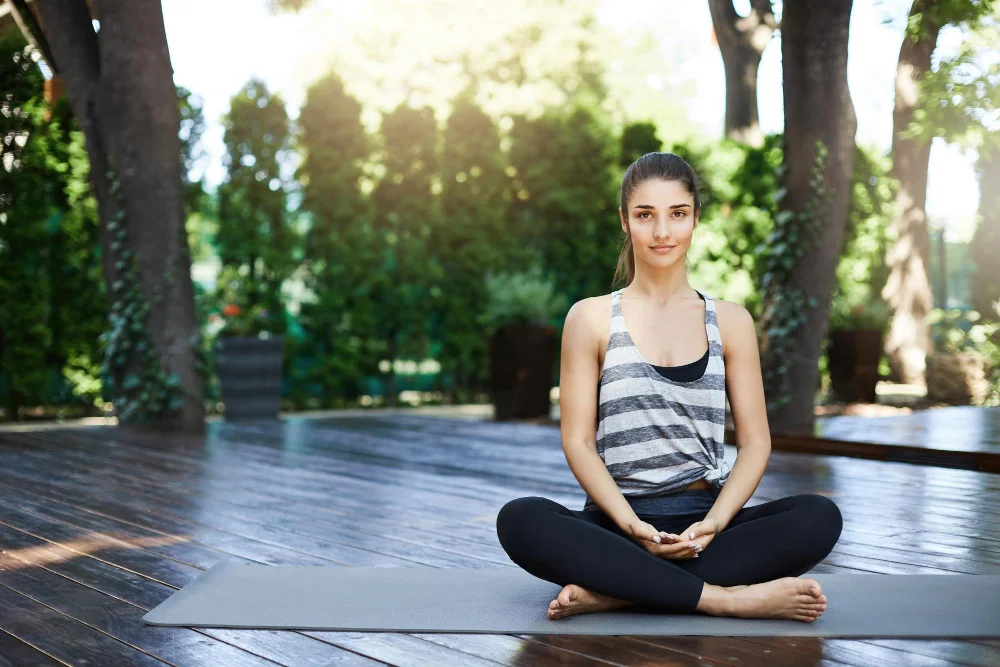
Various cultural traditions and spiritual practices embrace the concept of open eye meditation. Among the foremost are Zen Buddhism and Tibetan Buddhism. Zen practitioners often meditate with a soft gaze focused on the floor ahead, offering an anchor to the present moment. Similarly, Tibetan Buddhists employ a technique called “Sky Gazing,” where meditation is carried on gazing into the expansive sky, signifying enlightenment beyond mundane existence.
Certain Yogic and Taoist practices also encourage maintaining a half-open gaze to maintain a connection with the external world during meditation. It’s crucial to note, while certain traditions might prioritize open eye meditation, the choice ultimately depends on personal comfort and the desired meditative experience.
How to Meditate With Eyes Open
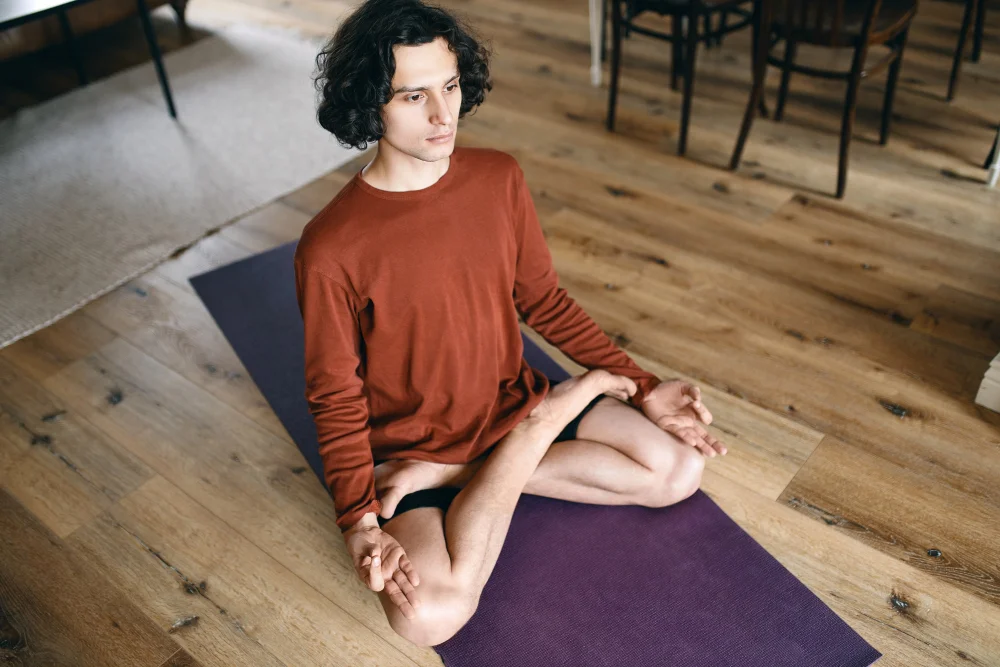
Begin by finding a comfortable spot where you won’t be disturbed. You may sit in a traditional meditation pose or in a chair, ensuring your back is straight and your feet are grounded. Unlike closed-eye meditation where you usually focus on your breath or mantra, open-eye meditation is visually oriented. The eyes can rest on a single point of focus; it could be an object, a candle flame, a picture, or even a spot on the wall. Fix your gaze without straining your eyes; it’s a soft gaze, not a hard stare.
Remember to blink naturally to prevent eye strain. Then, bring your awareness to your breath, inhale, exhale, not as a focal point but as a means to stay anchored in the present moment. Distractions might come, thoughts may wander, just gently bring them back without being hard on yourself.
The process fosters mindfulness by training your mind to stay attentive to the external world while still maintaining an internal focus. Over time, practice will enhance your ability to be fully present, aware, and mindful, even in the hustle and bustle of everyday life.
Choosing the Right Open Eye Meditation Technique

Starting your journey into open eye meditation requires selecting an approach that aligns with your preferences and comfort. Here are some techniques to consider:
- Gazing at Nature: Choose a natural element like a plant, the sky, or a body of water, and gently rest your gaze upon it. The calming nature of these elements can help create a state of tranquility and relaxation.
- Candle Gazing: Also known as ‘Trataka’, this involves keeping your gaze fixed on a candle flame without blinking. It aids in improving concentration and has been used in Hatha Yoga practices.
- Use of Mandalas: In Tibetan Buddhism, Mandalas are used for meditation. You can softly gaze at these intricate, geometric shapes, enhancing your visual awareness and promoting a sense of inner peace.
- Object Focus: Select any object with a non-distracting background. The goal is not to analyse the object but to maintain a calm, steady gaze, which allows the mind to quiet and settle.
- Zen Meditation (Zazen): This involves sitting in a quiet room, eyes half-closed, looking downwards at a 45-degree angle, not focusing on anything specific.
Remember, the primary goal is not about what you’re looking at, but cultivating a new way of seeing and experiencing the world around you. Each technique facilitates mindfulness, but the choice of practice should align with your individual comfort and preference.
Benefits of Open Eye Meditation
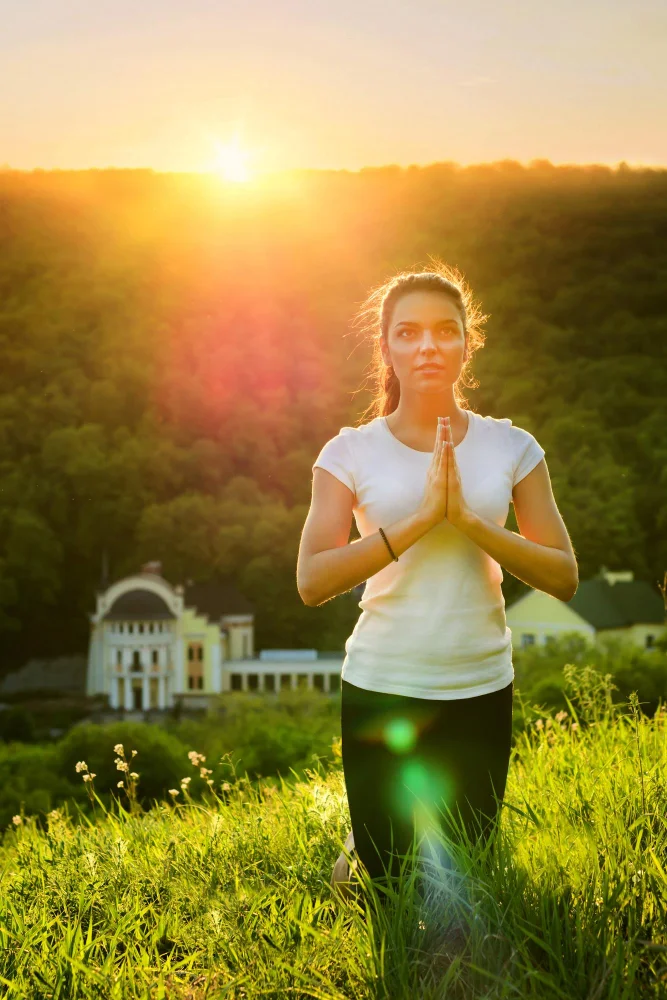
Fostering a deeper connection with the surrounding environment remains one of the key advantages of open eye meditation. It facilitates an immersive, interactive mode of mindfulness where the mediator aligns in harmony with space and objects around.
Another benefit is the ability it grants to integrate mindfulness into daily activities. Unlike closed-eye meditation, which often requires a quiet and secluded area, practising with eyes open can happen anywhere, anytime. This often leads to a more durable and adaptable mindfulness practice.
Additionally, meditating with eyes open can help with combating drowsiness, a common issue for beginners. The visual stimuli keep the brain engaged and alert.
Lastly, it strengthens the practitioner’s ability to stay focused. This form of meditation can be more challenging due to numerous potential distractions. Hence, mastering it can enhance one’s concentration skills in all aspects of life.
Comparing Open Eye Meditation to Closed Eye Meditation
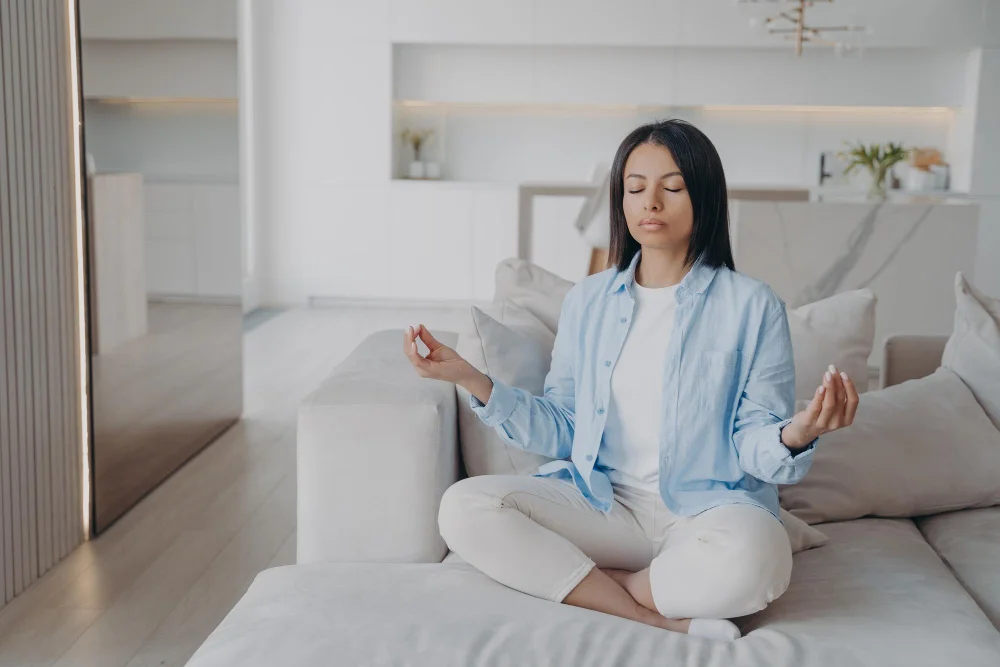
In traditional closed eye meditation, the focus is typically on the inner self. This method emphasizes quieting the mind, reducing external distractions, and promotes deep introspection. The aim is often to achieve full concentration by eliminating any visual stimulus.
In contrast, open eye meditation involves actively using the sense of sight. It can be liberating, helping individuals maintain connections with their surroundings and stay grounded in the present moment. Rather than trying to limit sensory input, practitioners of open eye meditation learn to accept and manage these inputs without judgment or distraction.
While both methods share the common goal of achieving mindfulness, they offer unique pathways. Open eye practice is often recommended for those who might feel overly detached or disengaged during closed eye meditations, or for those who tend to fall asleep. It also can be more practical for incorporating mindfulness into daily activities. The choice between them depends on individual taste and meditation goals. Regardless, both techniques contribute to overall mental and emotional well-being.
Addressing Common Questions About Open Eye Meditation

Is it hard to concentrate with eyes open? Initially, diverting the gaze can present a challenge. However, with regular practice, the mind refines its ability to sustain focus. A fixed point or non-distractive object such as a candle flame or a spot on the wall can aid in concentration.
Will it affect the depth of meditation? Not at all. The depth of meditation rests more on the concentration and calmness of the mind rather than on open or closed eyes.
Is blinking allowed in open eye meditation? Absolutely. Blink as naturally as needed, the aim is comfort and minimizing strain, as maintaining an unblinking gaze may cause discomfort.
What if my eyes feel strained? It is recommended to slightly lower the gaze, soft-focus, or momentarily close the eyes to relieve any strain.
Can beginners try open eye meditation? Indeed. The choice between practicing open-eye or closed-eye meditation boils down to personal preference and comfort.
How long should an open-eye meditation session last? Like any meditation practice, starting with short sessions of 5 to 10 minutes and gradually increasing the duration over time is advisable.
Remember, consistent practice forms the foundation of mastering open eye meditation.
Additional Tips for Successful Open Eye Meditation
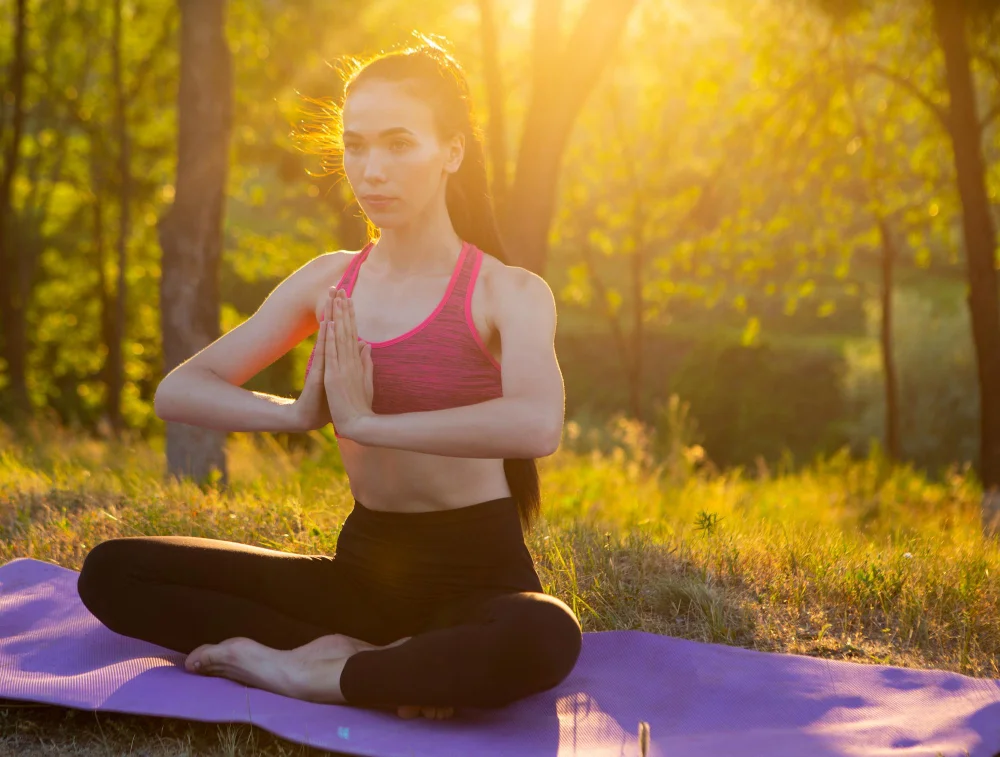
To enhance your open eye meditation practice, several key points can be taken into consideration.
1. Neutral Gaze: Find a focal point in your visual field that isn’t overly stimulating. This might be a non-descript spot on the wall or a soothing object, like a candle.
2. Soft Focus: Rather than a laser-like focus on the object or spot, create a soft gaze. You’re not trying to analyze the object, but simply observe it.
3. Blink When Necessary: Let your eyes blink naturally, there’s no need to worry about blinking too much or too little. The idea is to be comfortable.
4. Avoid Strain: If your eyes begin to feel strained, close them for a moment, take a break, and then resume.
5. Practice Regularly: The more often you meditate with your eyes open, the more natural it will feel. As with anything, practice makes perfect.
Remember, meditation is not about achieving perfection, but about becoming more aware. So, stay patient with yourself during the process. Happy meditating!
FAQ
Is it better to meditate with your eyes open or closed?
Generally, it’s recommended to meditate with your eyes closed as it helps reduce potential distractions and enables better inward focus.
Did Buddha meditate with eyes open or closed?
Buddha practiced meditation with eyes open according to the standard Buddhism meditation techniques.
Why can’t I keep my eyes closed while meditating?
Struggling to keep your eyes closed during meditation is often linked to initial discomfort or unfamiliarity with the practice, which typically subsides as you become more accustomed to meditating.
Can you meditate by staring at something?
Yes, you can meditate by staring at something, a practice known as Gazing Meditation, which involves focusing your eyes on a fixed point, allowing both internal and external distractions to gradually fade.
How can one practice meditation while maintaining visual focus?
One can practice meditation while maintaining visual focus by choosing a specific object or point in their environment, and consciously returning their gaze to this focus point whenever their mind wanders.
What are the specific benefits of meditating with your eyes open?
Meditating with eyes open aids in enhancing awareness and presence, heightens sensory input, and fosters a deeper connection with the external environment.
How does the technique of open-eyed meditation differ from the traditional closed-eye method?
Open-eyed meditation, unlike traditional closed-eye method, involves maintaining a soft gaze on a specific external object to aid focus and awareness, rather than concentrating on internal visualizations.